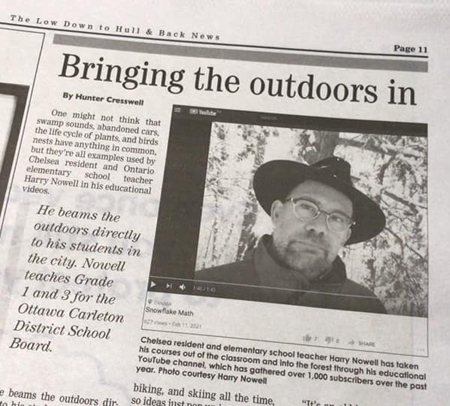During May’s rains, my kindergarten students discovered WORMS in the playground.
And the world came to a screeching halt. Plans changed. Educators pivoted and we started investigating the world of worms! Read alouds, making and measuring plasticine worms, writing about worms and… the highlight was a visit from 36 wiggly, lovely, live worms.
It was muddy.
It was messy.
I was GLORIOUS!
Investigate more:
Category Archives: Teaching
#1188 Mystery Animal Tracks (3 Parts)
#1187 Inquiry: How Glasses Help You Read.
#1186 Measuring!
#1181 Trees for Schools (and Parks and Earth)
In the fall of 2015 I was weeding our garden. I pulled a small spruce tree.
As it came out of the ground I realized that tree was valuable for our classroom and the students.
I quickly planted it in a pot and brought it to school. We learned about the tree, science and math… it even served as our class Christmas tree. It was a weedy “Charlie Brown Christmas Tree” but it was perfect!
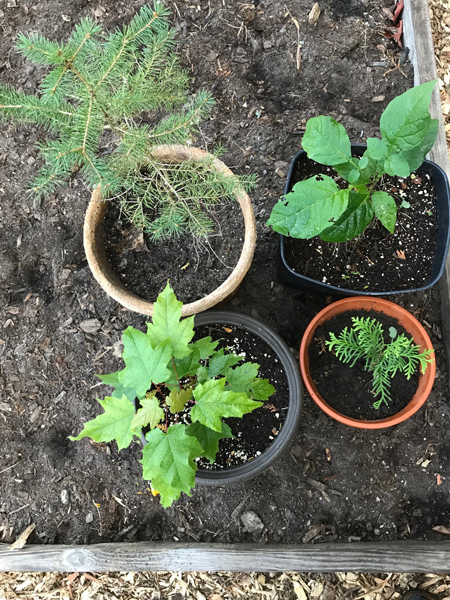
In the spring, we planted the tree at school. Students wrote a wish on a cedar shim that were placed around the tree. At the end of the school year I asked a student if she ever visited the class tree in the school yard. “Everyday,” she beamed!
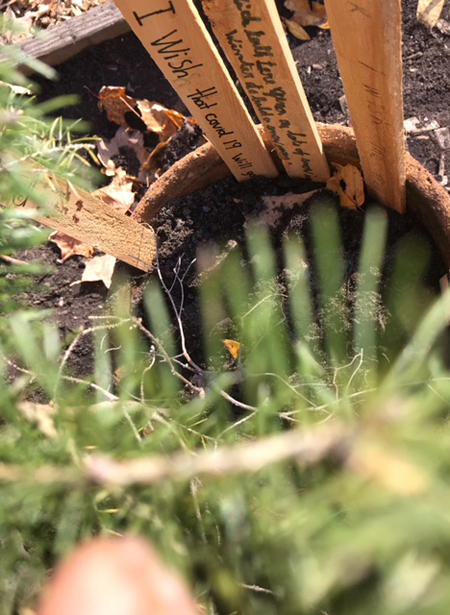
I realized the power of trees in the classroom…
Since then I have built learning around potted trees that I introduce to class. We write about them, compare them, measure them, research them… and eventually the trees get planted at school. Students develop a connection with the trees (and related learning.) So good.
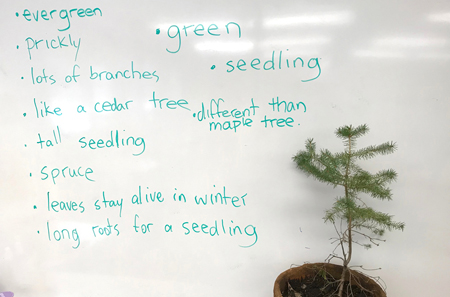
Rewind 30+ years: I worked as a tree planter for 4 summers and planted about 240,000 trees in Ontario and Alberta, Quebec and British Columbia. It was a tough job. I loved it. I still have access to two of the tiny trees from 1989. They’re now 5 metres tall.
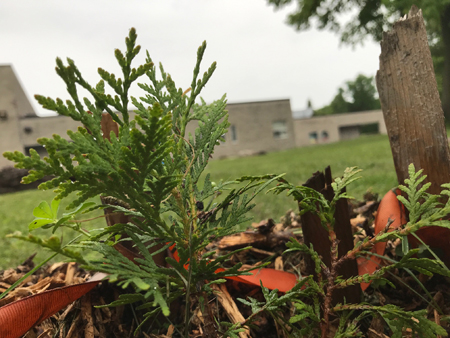
Trees in this post are some of the trees planted at schools. Below is our backyard tree nursery. Most of these trees come from seed, tree giveaways or from our own yard.
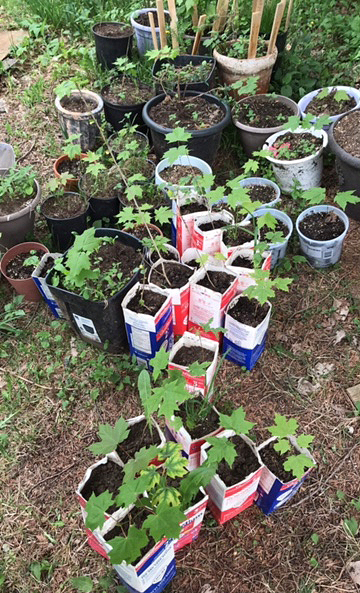
Since 2015 I’ve planted 20-50 trees each year at schools, parks and beyond. I love watching them grow.
Want some trees? Look for free tree giveaways in your community, buy them from a nursery or grow them from seed. Enjoy!
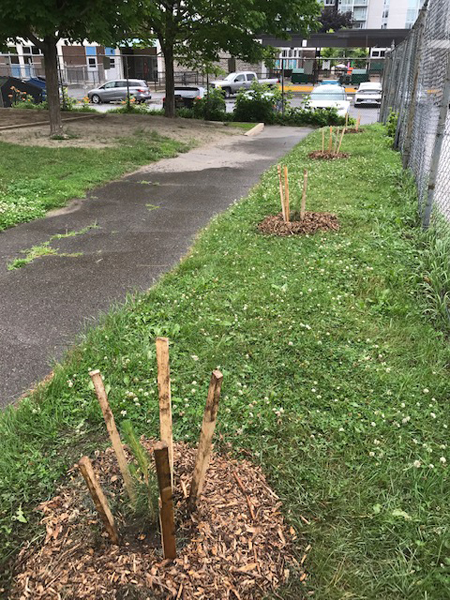
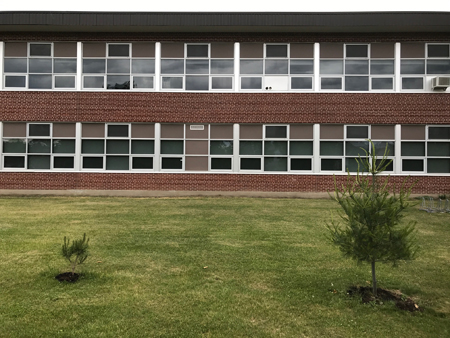
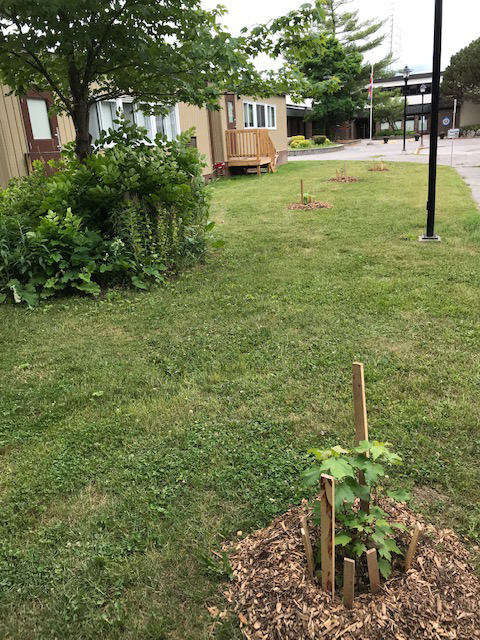
#1179 Inquiry Videos in the News
Recently our local paper picked up the story of the rise in popularity of the inquiry videos aimed at kindergarten to grade 3 students:
The Inquiry videos have attracted more than 1250 subscribers and have been viewed 40,000 times.
Watch a recent video about swamp sounds:
Watch the latest video about probability and weather:
#1178 One Year Anniversary – Online Inquiry Videos
One year ago – April 25, 2020 – I posted the first of my inquiry videos that set the tone of the 70 that have followed…
It all started shortly after COVID closed our schools. An educational assistant and teacher suggested I create a short video to share with the Grade 1s in our school. I didn’t take long to agree. Thanks Kristine and Jenna!
A big thanks to you, the students, teachers and families for watching and inspiring me to create more.
I had hoped to reach 1000 subscribers by the one year anniversary.
Today, there are 1107 subscribers.
Thank-you!
Please subscribe and click notifications on if you want to hear about the latest videos before everyone else!
Watch this recent video Swamp Sounds! What’s Making all that Noise?!
#1177 Inquiry Video Anniversary (and Subscriber Goal!)
Shortly after COVID shut down live schooling a year ago, I created a video to support students learning from home…
Almost a year later, 70 inquiry videos support young students learning from home, public schools and forest schools. The videos support math, language, science through questions and curiosity – usually with an outdoor focus.
Since April 2020, the videos have boomed a little boom. At time of writing videos have attracted 981 subscribers. My goal is to exceed 1000 subscribers by the video anniversary – April 25, 2021.
Want to support young learners?
Subscribe!
… And click the notification bell to receive news of the latest videos:
The most viewed video:
One of my favourites:
Another favourite:
A recent video:
The first one in the style adopted:
Subscribe!
… And click the notification bell to receive news of the latest videos:
#1175 Inquiry: Barbed Wire Tree?!
I’ve heard of apple trees, maple trees and pine trees but recently I discovered a barbed wire tree! There is barbed wire growing out of this tree? Is that possible?
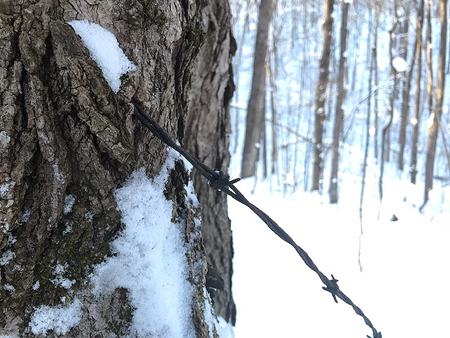
I want you to help investigate!
Watch this video:
Below the video, in the description when watched on YouTube, are questions, clues and links to help you find some answers about the barbed wire tree.
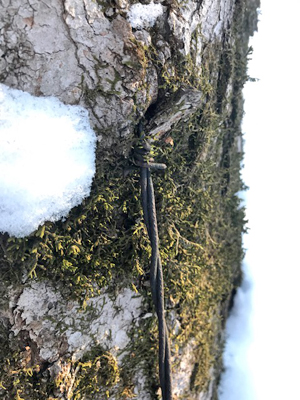
Write a story with words or pictures to explain how the barbed wire tree came to be!
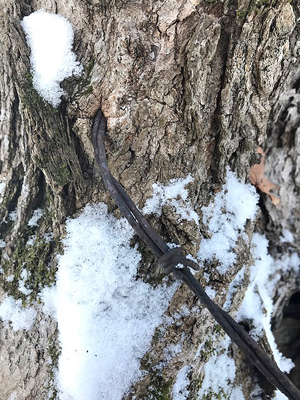
Like this challenge?
See all the inquiry videos with math, language and science challenges.
Subscribe and click the bell to get notifications!
#1163 The Inner Workings of a Bully (or a Shooter)…
What would make you:
Punch someone?
Explode in a rage?
Go on a shooting rampage?
I’m fascinated by what makes people tick.
And so an article caught my attention exploring the inner workings of an ‘almost’ mass shooter – “Trunk” (short for “Trunk full of guns”) was thankfully stopped before any shooting could happen. And he subsequently spent years in prison for what he had planned.
In the article, Trunk shares what was going on in his life at the time he was planning to cause destruction.
Illuminating.
He was a good kid. He was shy (or ‘bashful.’) He felt alone. He didn’t feel heard. This boy was the invisible child in the class that was often overlooked or asked to be quiet.
I see this often at schools:
• Two years ago I wrote a blog post with a story of a Grade Six good student who exploded at recess one day – hurling a discarded bag of dog feces across the school yard.
• One of my kind students uncharacteristically hit a classmate. Where did that come from? It took some investigating to find out.
• In another school, a gentle boy punched a classmate. Hard. Why? It seems he had been quietly internalizing taunts for a long time from a vocal boy with behavioural challenges.
In the article, ‘Trunk‘ expands on the idea of feeling like an outcast: “If you’ve ever been on the side of the fence where you are an outcast, it hurts. Why me? Why do they get to have all the fun? … He wanted so much to be accepted, he was willing to kill other people.”
The article bluntly summarizes: “A threat-assessment team could have intervened before [Trunk] had to begin his life as ‘Trunk Full of Guns.’ But no one came near him—no teacher, no school psychologist, no parent. The threat that he presented remained un-assessed.”
And there lies a clue to avoiding further explosions in the classrooms, schools or workplaces:
• Listen.
• Take time to notice little things.
• Connect with all individuals.
One teacher made this connection and she spends time each week looking for patterns in behaviour to support her students needs.
How?
She asks her students to write 4 names with whom they would like to sit to develop the weekly seating plan. Why? It helps her define social patterns in class – who is left out… who wants to be included and who is being excluded.
Her process is time consuming in an already busy schedule but helps ensure students are heard, included and supported. The benefit is huge. Societal well-being supports the whole community. If people feel included and worthwhile their need for destructive attention seeking activities is minimized.
When governments cut resources – including teachers and support workers – the true cost is often hidden. Missing the needs of the overlooked, lonely, disgruntled or “quiet” student has enormous costs down the road, as Trunk’s story suggests.
Supporting people (and students), properly, costs money. The cost of not supporting people properly is greater, by far.

